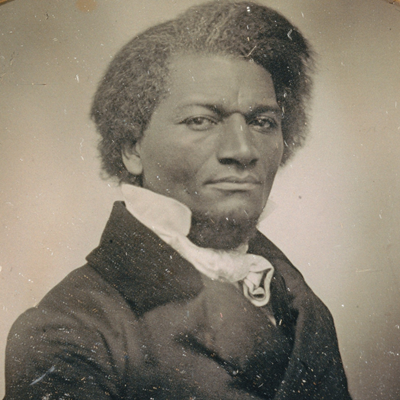
"Let’s kick the tires and light the fires."
– Harry Connick, Jr. in the movie "Independence Day"
Experience had taught us: The people attending this particular day of training would be skeptical about some of our instruction. They were serious soldiers, and we were asking them to be more expressive.
"Ma'am, the military has a way it likes to communicate."
Yet, it was their senior officers, alumni of our Buckley School programs, who'd brought us in to teach them. Their officers wanted them to do it "our way." We didn't want to waste time battling with class resistance. By being deliberate about how we set up our day of instruction, we were able to be more productive more quickly.
These same ideas can work for your presentations, too:
1. Open strong
Too often, a speaker's plan for his open isn't as strong as it needs to be. Of course, you need to clearly state the topic. But you also need to connect with the audience—hook them, establish credibility, show the value of what you're about to present.
These are the two requirements—clear topic, clear reason to listen—that every strong open must have.
How you get there depends on your speaking style, the subject matter, and the audience. Some questions you might consider:
- What’s the opportunity with this group?
- How receptive or resistant will they be to my ideas?
- What’s interesting or relevant to them in my presentation?
- Why do they care about what I have to say?
- What common bonds do we share?
For a presentation, we recommend that you write what you want to say in your open word for word. Not because we expect you to read it to your audience, but so that you can revise it until you get it exactly as you hope to say it. Read it out loud as you revise. And consider the next point….
2. Frame expectations
At a conference, have you ever attended a session and discovered that the presentation didn't deliver on the session title? You might have been frustrated that you didn't get what you expected. The speaker might have been frustrated that the title didn't match their material.
Part of your open might include a few words about what your audience can expect—or not expect—from what you plan to cover. If the topic is large and complicated, for example, you might tell them you can only cover part of it—and give a little peek into the reasons behind your choices. If you're asking them to try something new, you might remind them that it may seem uncomfortable at first.
It's sometimes useful to start framing expectations before you begin, which takes us to…
3. Build rapport before you step on the “stage”
Whether your stage elevates you before thousands of people or is just a spot at the front of a conference room, you can start setting yourself and your message up for success before you step up there.
Some ideas for how to do that advance work include:
- Introduce yourself to a few people in the room, one-to-one, before you start speaking to a crowd.
- Get in touch with a few people who'll attend your meeting, give them a preview, and ask for support.
- Seek out the individuals who may oppose you, present a preview of your ideas, and talk with them privately to understand their opposition before you present your ideas to them in a group setting.
As for how we set up our no-nonsense soldiers, we acknowledged that the military had a specific speaking style and that our approach might not work in every setting. We even ventured that there might be some active resistance in the room. But we also described how it had worked for senior military officers they knew and respected.
We're happy to report our work got off to a brilliant start, with enthusiasm that grew. The only complaint we got? "It wasn't enough. We wished it had lasted another day."
Learn more
Find our how-to for creating strong opens for presentations here.
Find simple ways you can build audience rapport here.
And we offer more thoughts on making your audience happy, in this article.






